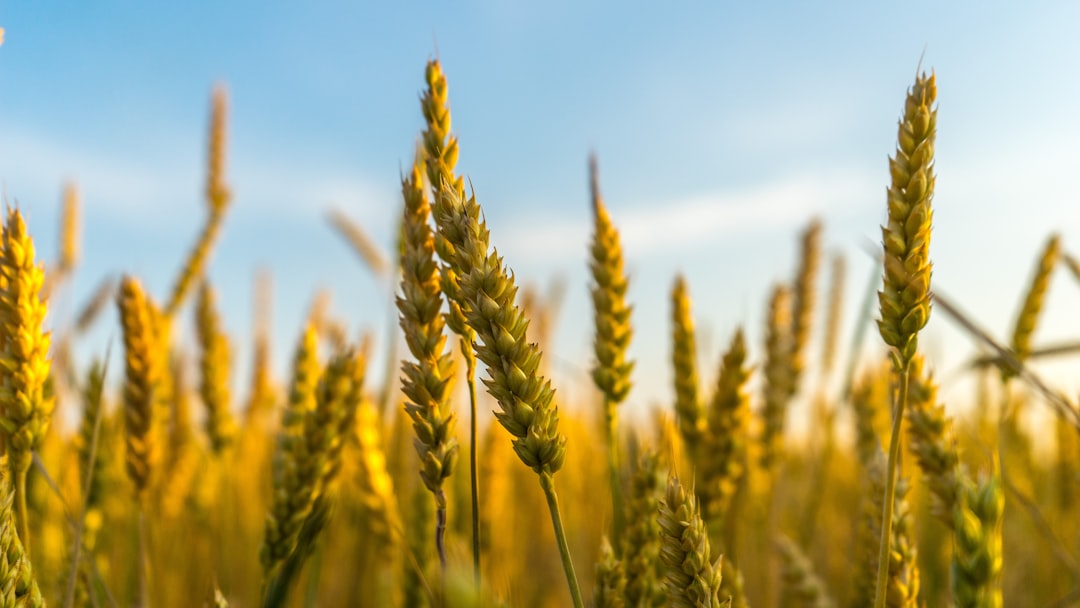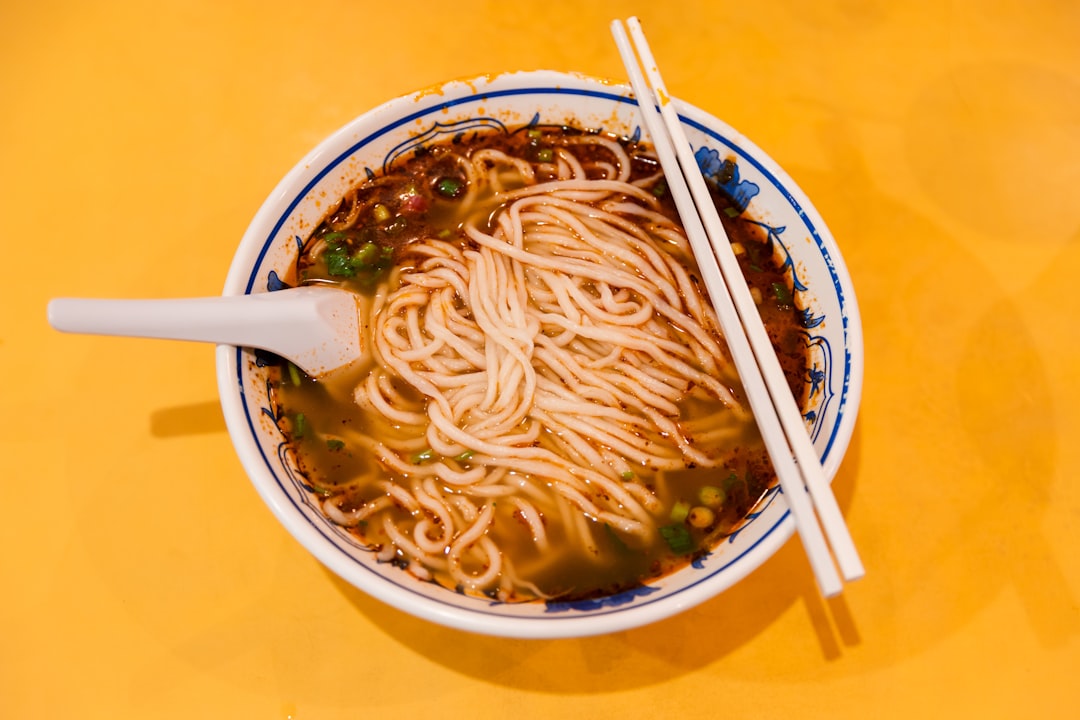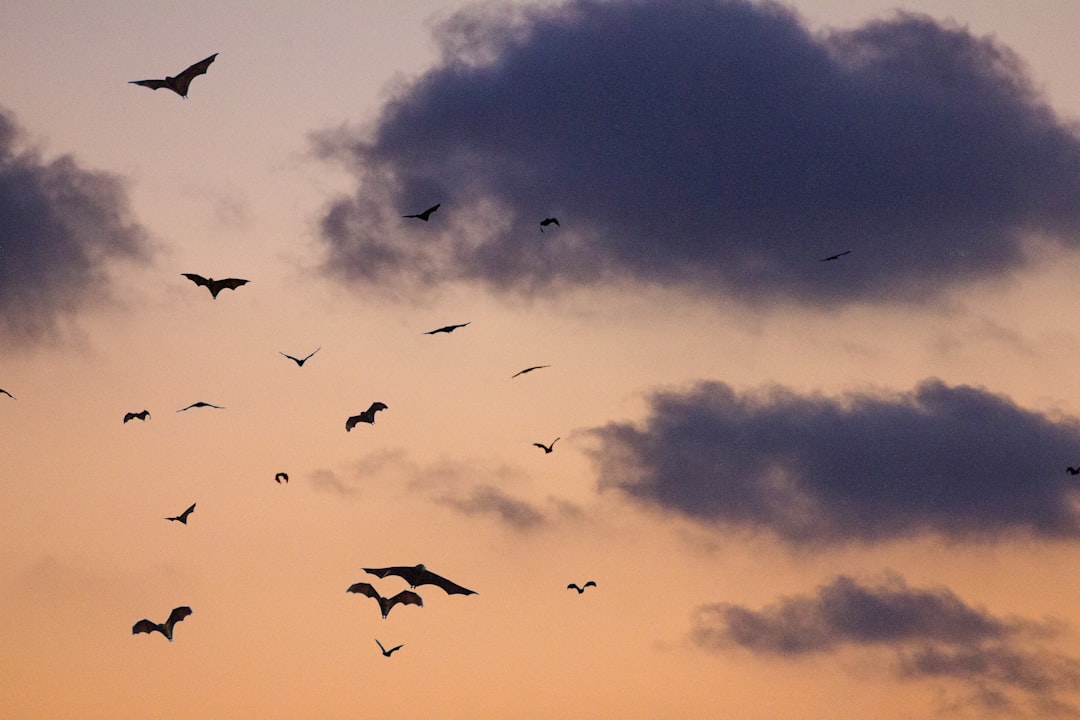What is it about?
Extremely high temperatures and droughts are predicted to become more common due to climate change. These events are expected to severely affect plant growth, limiting honey bee forage and impacting their health. Learning how honey bees respond to extreme weather is key to developing successful conservation strategies. The authors of this study measured pollen collected by honey bees between 2015 and 2017. In these 3 years, they recorded above average temperatures and a drought occurred in 2017. They then used this data to explore how extreme weather events impact honey bee foraging. They then discussed how drought resistant native plants can potentially promote climate resilience for honey bees.
Featured Image

Photo by Alexas_Fotos on Unsplash
Why is it important?
Honey bees rely on pollen as their primary source of proteins, lipids and other micronutrients. But extreme drought and heat can affect plants and their pollen producing capacity. This study showed a decrease in the amount of pollen collected by honey bees during extreme weather. However, it also showed an increase diversity in the plants the pollen was collected from. The honey bees responded to the extreme weather by foraging from drought tolerant plants. This indicates that honey bees can adapt to extreme weather by expanding their forage sources. But this is only possible if the sources are already present. This means that honey bee conservation efforts need to ensure continued access to forage sources. Plants that can tolerate extreme weather are an attractive source for this. KEY TAKEAWAY: Honey bees respond to extreme weather by expanding their foraging range. Honey bee conservation efforts should include planting plants that can tolerate adverse weather. This will help ensure that honey bees have forage sources even during extreme weather.
Read the Original
This page is a summary of: Can Native Plants Mitigate Climate-related Forage Dearth for Honey Bees (Hymenoptera: Apidae)?, Journal of Economic Entomology, November 2021, Oxford University Press (OUP),
DOI: 10.1093/jee/toab202.
You can read the full text:
Resources
Contributors
Be the first to contribute to this page










